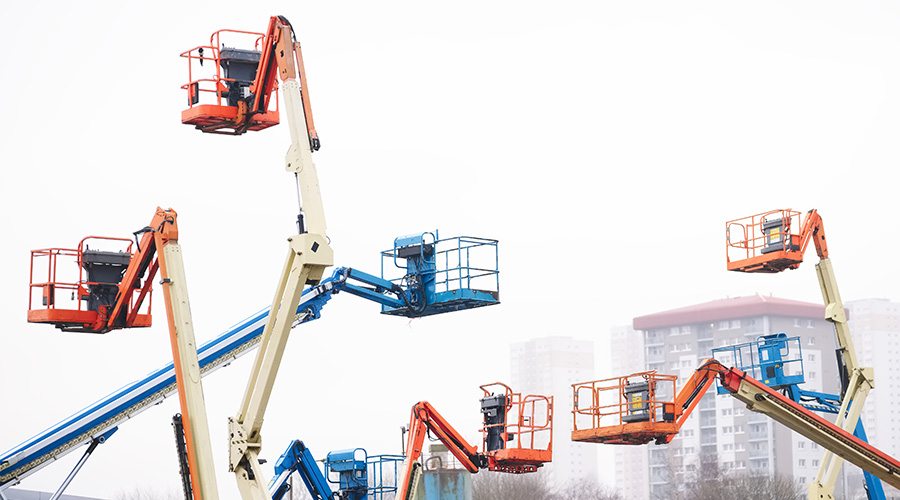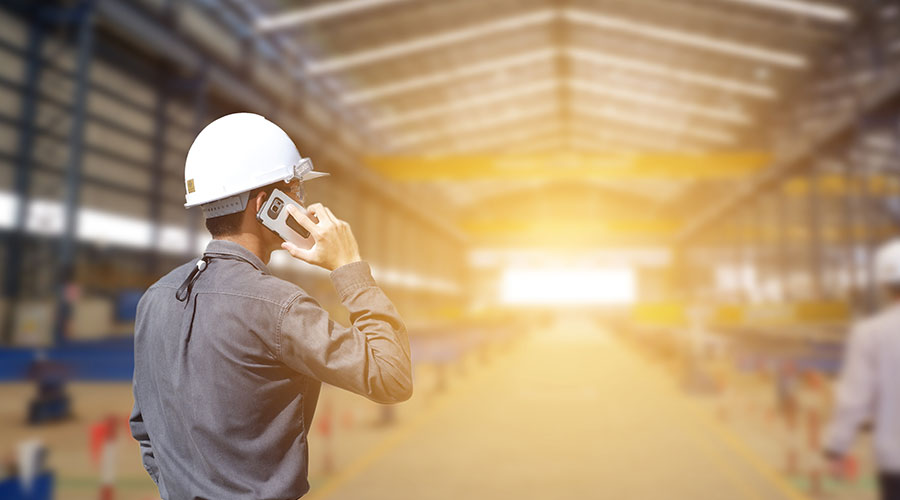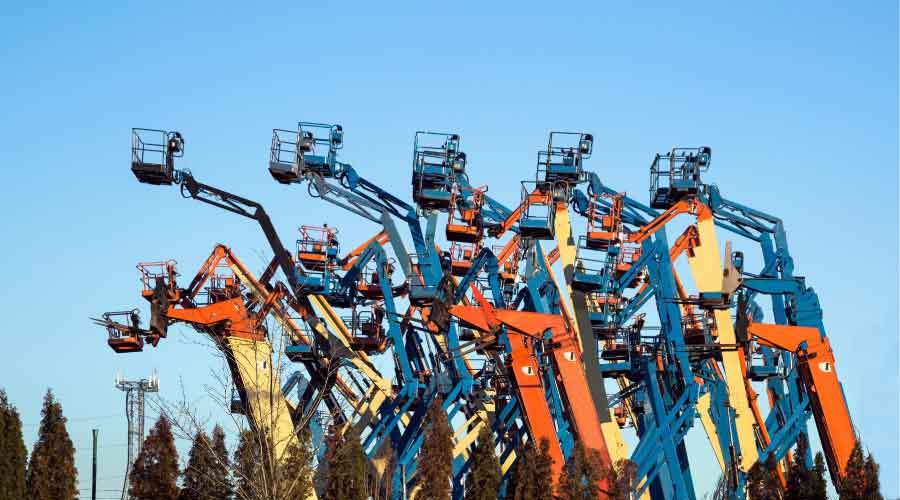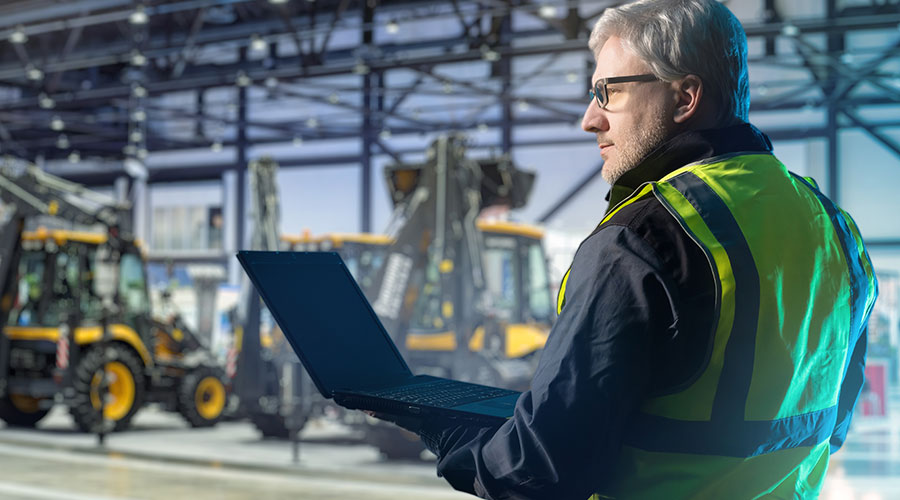Hazards to Avoid When Operating MEWPs and Telehandlers
MEWPs and telehandlers, like any heavy machinery, come with risks to operating them.
Unsurprisingly, being raised high in the air on a platform comes with hazards, especially in inclement weather as well. Given this, there are accidents and injuries that happen that can be guarded against with proper safety measures. Facility Maintenance Decisions spoke with manufacturers about common accidents that happen with MEWPs and how the machines are built to withstand dangerous weather.
FMD: What are some common accidents and injuries that happen with MEWPs and lifts?
"No matter the equipment, it is always critical to consult the operator's manual prior to the use of any MEWP or any telehandler. As mentioned previously, newer MEWP’s have all been redesigned to the new ANSI standards which require indoor/outdoor ratings and maximum wind speed ratings. There are a variety of other technological advancements that have been made to MEWP and telehandler equipment over the past decade to account for and keep operators and their surroundings safe through a variety of inclement weather conditions."
— Austin Caskey, product line manager – material handling, Sunbelt Rentals
"Weather impacts the performance of a MEWP and changing weather conditions can negatively affect the stability of the machine, potentially leading to a tip-over. For example, wet weather increases the amount of mud on the ground, making driving the machine around the job site more difficult.
Wind also plays a significant role in the productivity of this type of equipment. As mentioned previously, because of these machines’ design and how they work, exposure to wind can greatly affect the machine’s stability. That’s because wind generates force that pushes against the machine, and wind speeds can be significantly greater at height than at ground level — this means that the amount of force on the machine also increases at height. Factors affecting wind speeds are platform elevation, surrounding structures, local weather events and approaching storms.
Every MEWP has a wind load capacity rating, which is the allowable amount of exposure to wind that the machine can withstand during operation. The machine should never be operated in conditions that exceed the specifications shown on the capacity placard on the platform billboard.
Because wind speeds can change rapidly, it is crucial for operators to always be aware of approaching weather events and constantly monitor the current and potential wind conditions. MEWPs should never be operated in wind conditions that exceed specifications."
— Rick Smith, senior director of global training, JLG
FMD: How are MEWPs and telehandlers built to withstand inclement weather conditions?
"The most common accidents with MEWP’s come from improper training, improper machine inspection, lack of proper protection, and not properly observing surrounding hazards. The most serious and most fatal accidents with MEWP’s come from falling incidents. Falling from a MEWP can come from a variety of intentional and unintentional mistakes including overreaching of booms, standing on the basket guardrails, being ejected from the basket, and entering/exiting basket at height."
— Austin Caskey, product line manager – material handling, Sunbelt Rentals
"Weather impacts the performance of a MEWP and changing weather conditions can negatively affect the stability of the machine, potentially leading to a tip-over. For example, wet weather increases the amount of mud on the ground, making driving the machine around the job site more difficult.
Wind also plays a significant role in the productivity of this type of equipment. As mentioned previously, because of these machines’ design and how they work, exposure to wind can greatly affect the machine’s stability. That’s because wind generates force that pushes against the machine, and wind speeds can be significantly greater at height than at ground level — this means that the amount of force on the machine also increases at height. Factors affecting wind speeds are platform elevation, surrounding structures, local weather events and approaching storms.
Every MEWP has a wind load capacity rating, which is the allowable amount of exposure to wind that the machine can withstand during operation. The machine should never be operated in conditions that exceed the specifications shown on the capacity placard on the platform billboard.
Because wind speeds can change rapidly, it is crucial for operators to always be aware of approaching weather events and constantly monitor the current and potential wind conditions. MEWPs should never be operated in wind conditions that exceed specifications."
— Rick Smith, senior director of global training, JLG
Jeff Wardon, Jr., is the assistant editor for the facilities market.
Related Topics:













